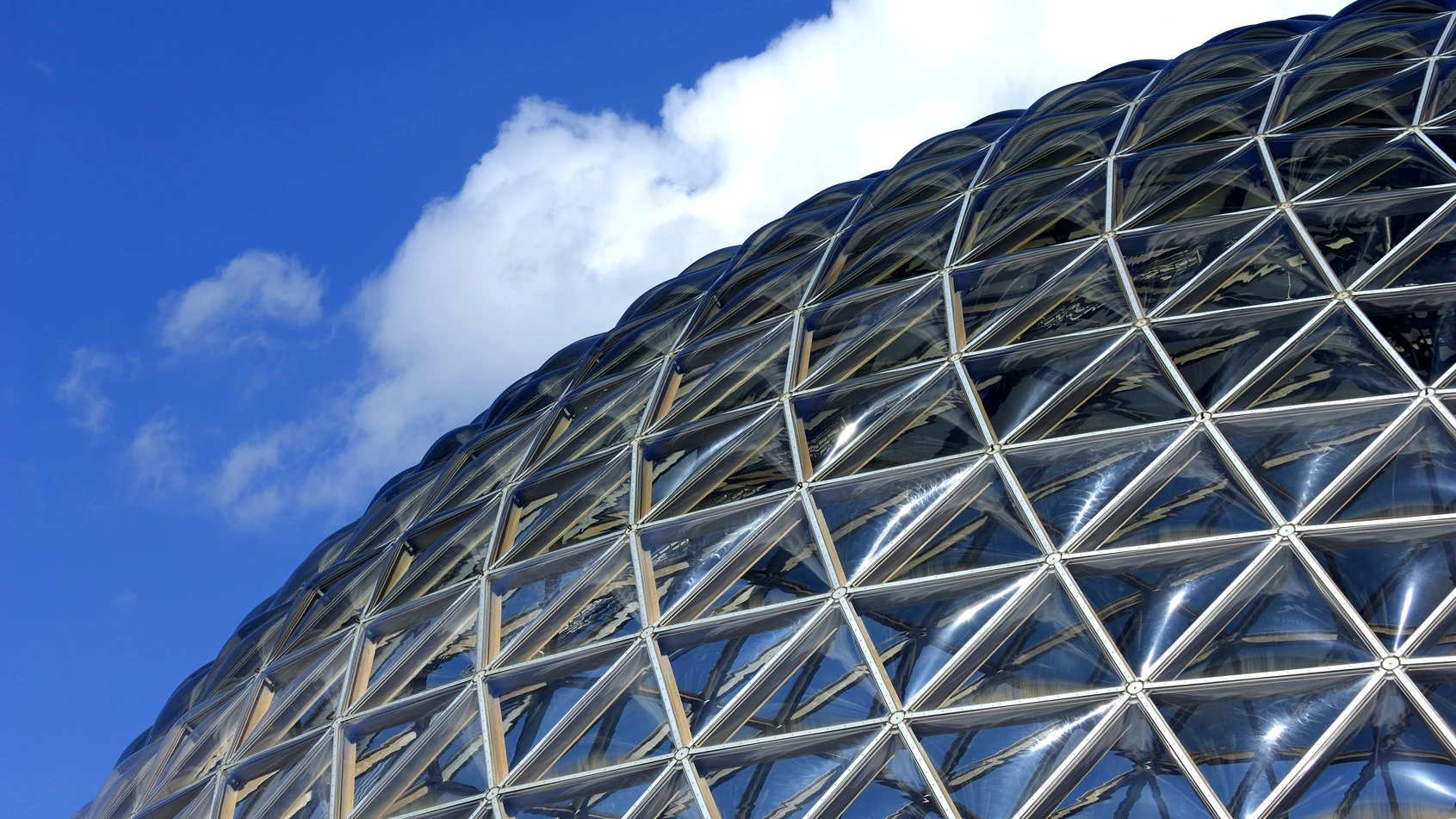New International Fascia Research Congress Reports on Cutting-Edge Fascia Research

Over the past decades, fascia has become the focus of intense research efforts, as medical researchers increasingly realize that fascia is not an inert tissue, as previously assumed, but rather plays a critical role in all bodily functions and structures. Every three years, researchers specializing in this new line of research come together for the International Fascia Research Congress (FRC), which provides a forum for presenting and disseminating cutting-edge fascia science to the research, medical and clinical communities.
Dedicated to the newly emerging field of “Fascia Studies,” the fourth FRC was held near Washington, DC on September 18 – 20, 2015. More than 1,000 participants from around the world were expected to attend the 2015 conference.
So what exactly is fascia and which are the multifarious roles it plays in the human body? Yoga anatomy geeks are well familiar with fascia, the soft tissue component of the connective tissue system that permeates the human body. But even if you’re not an anatomy geek, it’s well worth learning more about fasica, and how it affects not just your yoga practice, but all aspects of your health and well-being.
Fascia forms a whole-body continuous three-dimensional matrix of structural support in the body. Not only that, fascia interpenetrates and surrounds all organs, muscles, bones and nerve fibers, creating a unique environment for body systems functioning.
Since fascia serves both global, generalized functions and local, specialized functions, it is a substrate that crosses several scientific, medical, and therapeutic disciplines.
Fascia plays a key role in musculoskeletal health, and increasingly is thought to hold the key to our understanding of such common health concerns as joint stability, movement limitations, as well as in back pain and many other pathologies. One reason why fascia has not received adequate scientific attention in the past decades is that this tissue is so pervasive and interconnected that it easily frustrates the common ambition of researchers to divide it into a discrete number of subunits, which can be classified and separately described. In anatomic displays, fascia is generally removed, so the viewer can see the organs nerves and vessels but fails to appreciate the fascia, which connects and separates these structures.
Here are some of the topics covered include:
Sensory Aspects of Fascia – Robert Schleip, PhD, MA.
Fascia may provide one of our richest sensory organs. It may even be our most important peripheral organ for perceiving our own bodies. This review will look at what is known about the different sensory receptor types in fascial tissues and their functional and physiological properties. It also explores what we know about potential linkages between sympathetic arousal and fascial matrix properties.
Fascia and Functional Anatomy – Can Yücesoy, PhD
Muscle is the motor for movement and different muscles are typically considered as distinct anatomical entities. However, function wise, such anatomical distinctions are insufficient for an adequate understanding of joint movement and stability.
First, inside the muscle, highly organized fascial structures exist and are interconnected. Second, intramuscular fasciae and other fascial structures outside the muscle are interconnected. Consequently, these fasciae are not only supporters of systems that are necessary for the physiological state of the muscles (e.g., circulation and innervation), but can also further impact the functional output. Disease, treatment and exercise can cause changes to the musculature but also to the fasciae, and affect the function through their mutual interaction.
The Role of Fascia in Pain – Andreas Schilder, MSc
The thoracolumbar fascia plays an increasing role in clinical research and has been suggested as an important structure in conditions of non-specific low back pain. This talk will address the different pain behavior of connective tissue and other deep tissues and highlights the importance of the fascia in clinical pain conditions such as non-specific low back pain.
In Search Of Our Interior Architectures – Jean Claude Guimberteau, MD
The connective tissue that is found throughout the body, from the bones to the skin, tendons and nerves, plays an essential structural role , but is also responsible for the mobility and flexibility of living tissue. The concept of form, the distribution of water in the body, and disease states can also be explained. This could actually be the constitutive tissue, in which cells develop specific activities, rather than mere ‘connective’ tissue. It would be a significant paradigm shift.
Philosophical Aspects of Fascia Research – Jaap van der Wal, MD, PhD
New concepts about function and architecture of fascia have come up. Questions like, “Is the Muscular, Connective Tissue, Skeletal System (MCS) a Tensegrity System?,” reveal the need for a new framework of definitions and notions that might replace the outdated anatomical analytical approach of the fascia. There is a need for an overall concept of the fascia as an organ or system. Moreover there is the quote by AT Still mentioning the fascia as the domain “where soul is dwelling.” In this lecture a reevaluation of the concept of fascia will be tried, and a more organic or holistic concept on fascia as the matrix organ will be presented.
Robert Schleip, Paul Grilley, PhD, Stephen Gangemi DC, Klaus Eder – Fascia in Sports and Movement Therapies
How do sports, exercise and daily movements influence the remodeling of fascial tissues? How can movement related overload syndromes be best treated and prevented? What scientific evidence as well as practical innovations are most relevant in the fields of yoga therapy, foam rolling, athletic performance, stretching and sports rehab?
This presentation will open this intriguing new field of inquiry, with space for audience participation and discussion in order to foster networking, curious questioning, and new creative ideas among all involved.



